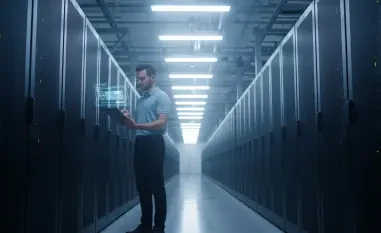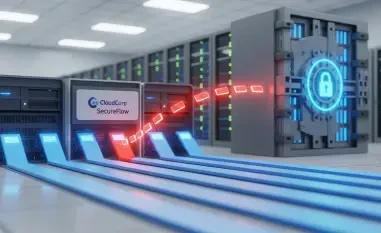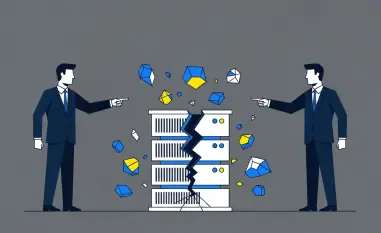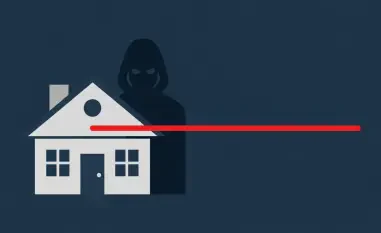In an era where cyber threats loom larger than ever, a staggering statistic reveals that over 60% of enterprises have faced significant network breaches due to unpatched vulnerabilities in critical infrastructure, highlighting the urgent need for robust security measures. Cisco, a cornerstone of global networking solutions, recently disclosed nearly a dozen security flaws across its product lineup, with particular emphasis on critical vulnerabilities in the Unified Contact Center Express (Unified CCX) appliance. This roundup gathers insights, opinions, and recommendations from industry experts and security analysts to unpack the severity of these issues, explore mitigation strategies, and assess the broader impact on organizations relying on Cisco systems. The aim is to provide a comprehensive view of the challenges and actionable steps to safeguard vital infrastructure.
Understanding the Scope of Cisco’s Security Challenges
Critical Vulnerabilities in Unified CCX: A Deep Dive
Security professionals across the board have expressed alarm over the two critical flaws identified as CVE-2025-20354 (CVSS 9.8) and CVE-2025-20358 (CVSS 9.4) in Cisco’s Unified CCX system. These vulnerabilities, which enable unauthenticated remote code execution through file uploads and authentication bypass, have been described as potential gateways for attackers to gain root or administrator privileges. Many analysts highlight the high CVSS scores as a clear indicator of the urgent need for attention, emphasizing that such flaws could compromise entire contact center operations if exploited.
Differing perspectives emerge on the immediate risk level, however. Some cybersecurity firms argue that the absence of reported exploitation in the wild offers a brief window for organizations to act without panic. Others counter that the sophistication of modern threat actors means delays in patching could prove catastrophic, especially given the ability of attackers to execute arbitrary commands on affected systems. This debate underscores a broader concern about proactive versus reactive security postures in enterprise environments.
High-Severity DoS Flaw in Identity Services Engine
Beyond the CCX appliance, attention has also turned to a high-severity denial-of-service (DoS) vulnerability, CVE-2025-20343, in Cisco’s Identity Services Engine (ISE). Experts note that this flaw, which can cause unexpected system restarts through remote exploitation without authentication, poses a significant risk to network authentication services. Industry voices point out that such disruptions could lead to substantial operational downtime, particularly for enterprises managing large-scale user access systems.
Opinions vary on the real-world implications of this DoS issue. While some security consultants stress the potential for cascading failures in interconnected networks, others suggest that the impact might be limited to specific configurations or deployment scenarios. Nevertheless, there is consensus on the importance of understanding exposure levels, with many urging IT teams to evaluate their ISE setups for vulnerabilities that could be exploited remotely with minimal effort.
Medium-Severity Flaws: Underestimated Risks?
The disclosure of eight medium-severity vulnerabilities across Cisco’s portfolio, including products like Unified Contact Center Enterprise (CCE) and Cisco Unified Intelligence Center (CUIC), has sparked mixed reactions. These flaws, ranging from information disclosure to privilege escalation, are often viewed as less urgent by some IT departments. However, several security researchers caution against this complacency, arguing that the cumulative effect of multiple medium-severity issues could create significant vulnerabilities if chained together by a determined attacker.
A contrasting viewpoint comes from certain industry analysts who prioritize resource allocation toward critical and high-severity threats over these medium-rated ones. Yet, there is a growing sentiment that even lesser-rated flaws can serve as entry points in complex attack vectors, especially in diverse deployment environments across industries. This perspective pushes for a more holistic approach to patching, regardless of severity classifications, to prevent unforeseen breaches.
Cisco’s Response and Industry Reactions
Patching Efforts and Organizational Guidance
Cisco’s response to these vulnerabilities, including patches for Unified CCX versions 12.5 SU3 ES07 and 15.0 ES01, has been broadly praised for its timeliness and detail. Security advisors commend the company for providing clear advisories and actionable updates across affected products, including ISE and others. Many in the field view this as a strong demonstration of accountability, with some suggesting that Cisco’s transparency sets a benchmark for other vendors in addressing systemic security gaps.
However, not all feedback is unanimously positive. Certain cybersecurity blogs and forums have raised concerns about the recurring nature of such flaws in Cisco’s ecosystem, questioning whether deeper architectural changes are needed beyond patches. This critique is balanced by others who argue that the complexity of modern networking solutions inherently invites vulnerabilities, and Cisco’s consistent updates reflect an adaptive strategy to an ever-evolving threat landscape.
Evolving Threats and Long-Term Concerns
Updates on previously exploited vulnerabilities in Cisco’s Secure ASA and Firepower Threat Defense (FTD) software have also drawn attention, with new attack variants emerging. Industry watchers note that this development highlights the persistent and adaptive nature of cyber threats, with many advocating for continuous monitoring beyond initial fixes. The consensus is that attackers are becoming more adept at exploiting known weaknesses over time, necessitating vigilance from both vendors and users.
Divergent opinions surface on how to address these evolving risks. Some experts push for greater investment in automated threat detection tools to complement Cisco’s updates, while others emphasize user education and internal policies as equally critical defenses. This range of views reflects the multifaceted challenge of securing interconnected systems, pointing to a need for tailored strategies based on organizational priorities and resources.
Broader Implications for Network Security
Lessons Learned from the Community
The spectrum of vulnerabilities across Cisco’s products, from critical CCX flaws to high-severity DoS risks in ISE, has prompted a collective call for heightened security awareness. Many in the cybersecurity community stress that these incidents serve as a reminder of the fragility of even the most robust systems when unpatched. A recurring theme in discussions is the importance of rapid response mechanisms to minimize exposure during vulnerability windows.
Another insight gaining traction is the value of cross-industry collaboration to share threat intelligence and best practices. Several security groups suggest that organizations should not tackle such challenges in isolation but rather leverage collective knowledge to anticipate and counter potential exploits. This collaborative approach is seen as a vital step toward building resilience against sophisticated cyber threats targeting critical infrastructure.
Strategic Takeaways for Enterprises
Feedback from various sources also converges on practical steps for organizations using Cisco systems. Applying patches immediately, conducting regular vulnerability assessments, and prioritizing updates for internet-exposed systems are repeatedly cited as essential measures. Additionally, some IT consultants advocate for layered security architectures to mitigate risks even if a single flaw is exploited, providing a buffer against complete system compromise.
A notable divergence in advice centers on resource allocation for smaller enterprises with limited IT budgets. While larger firms may have the means to implement comprehensive security overhauls, smaller entities are often advised to focus on critical patches first and seek cost-effective monitoring solutions. This tailored guidance reflects an understanding of the diverse needs within the user base, ensuring that actionable steps are accessible to all.
Reflecting on the Path Ahead
Looking back, the discourse surrounding Cisco’s recent vulnerability disclosures painted a vivid picture of the cybersecurity challenges facing modern enterprises. The critical flaws in Unified CCX, coupled with high and medium-severity issues across other products, underscored the persistent threat to network integrity. Industry insights and debates provided a rich tapestry of perspectives, from urgent patching needs to long-term strategic considerations.
Moving forward, organizations were encouraged to adopt a proactive stance by integrating regular system audits and fostering partnerships with security communities for shared insights. Exploring advanced threat detection technologies and customizing security protocols to specific operational environments emerged as key next steps. These actions aimed to fortify defenses, ensuring that the lessons learned from this episode translated into stronger, more resilient network infrastructures for the future.













